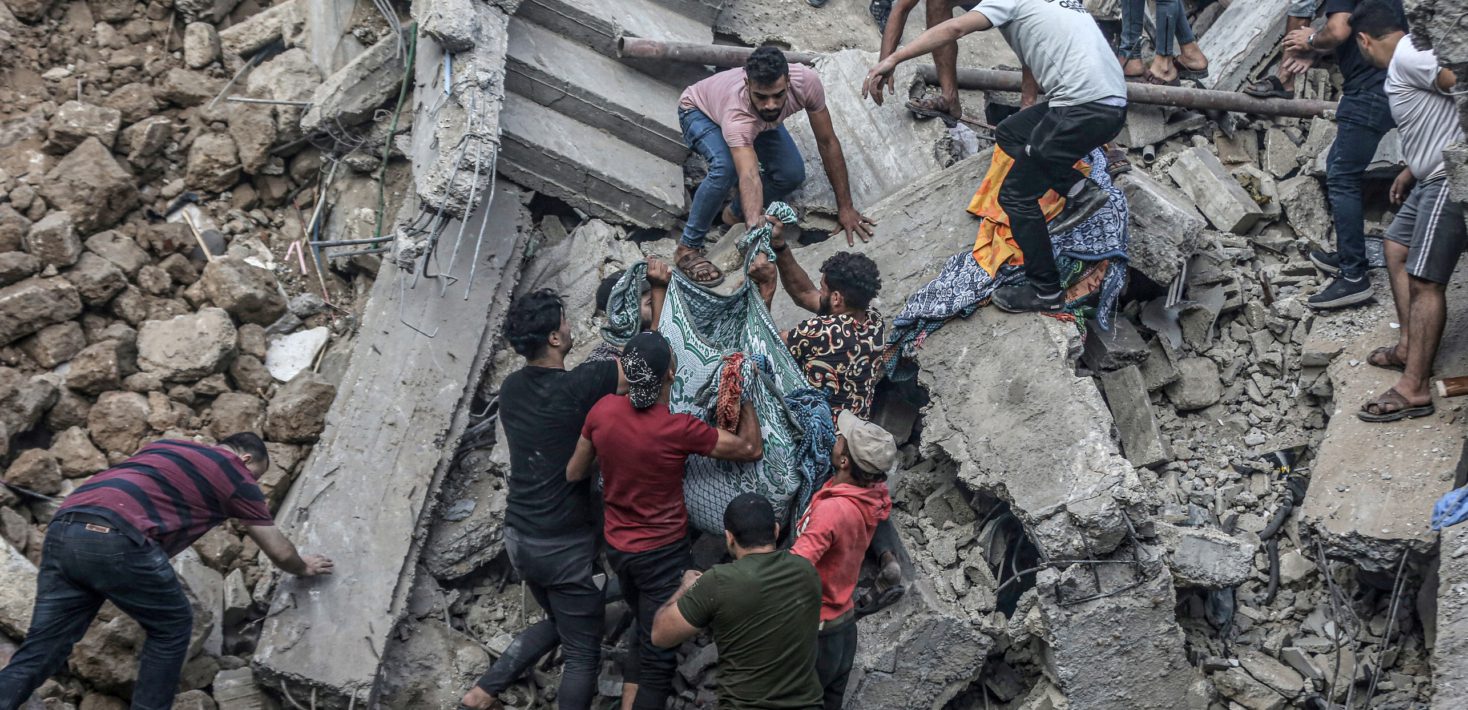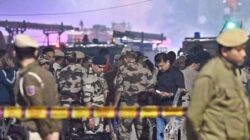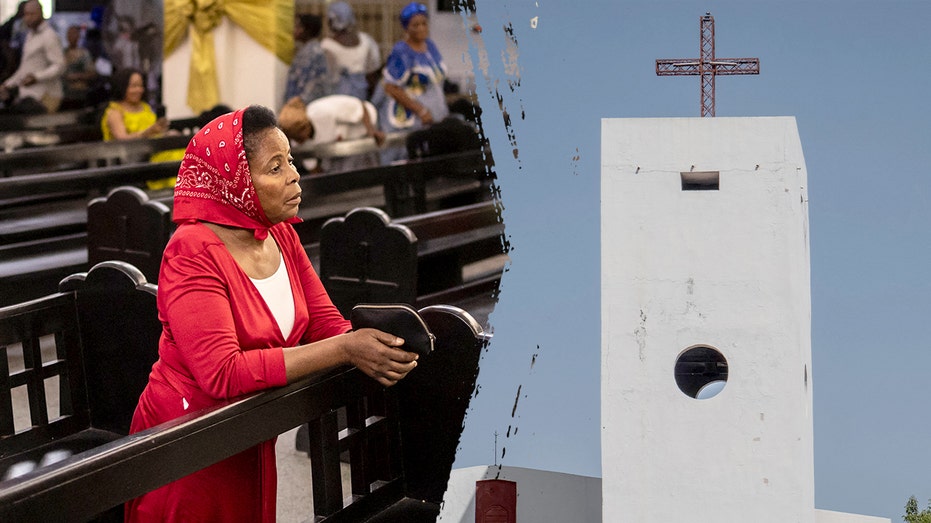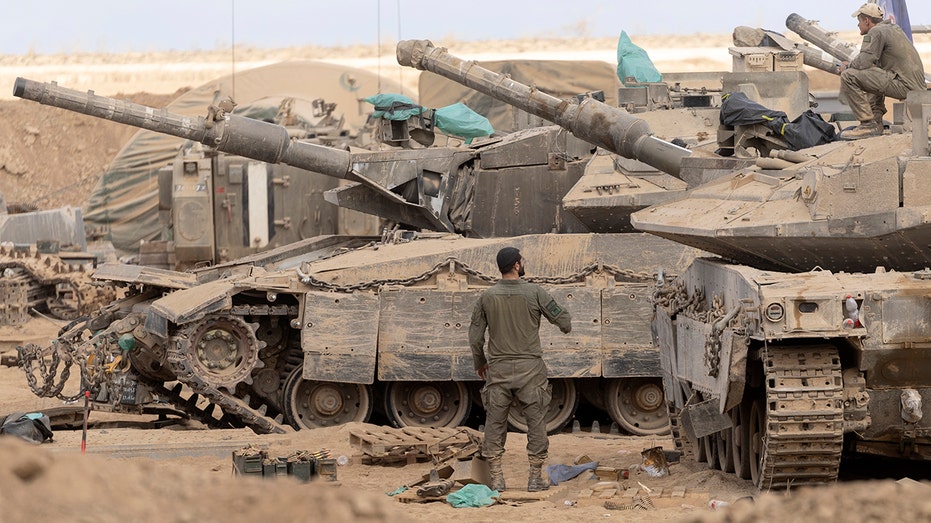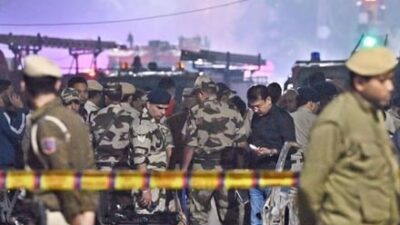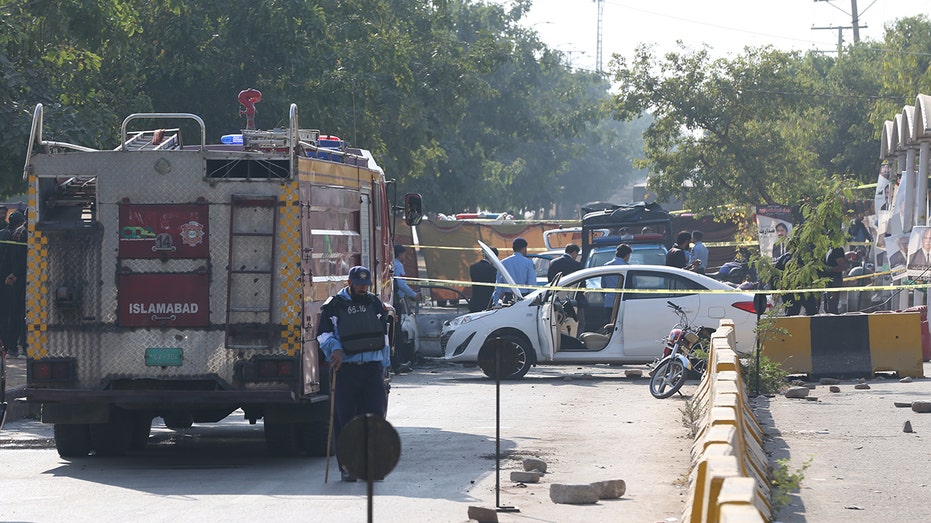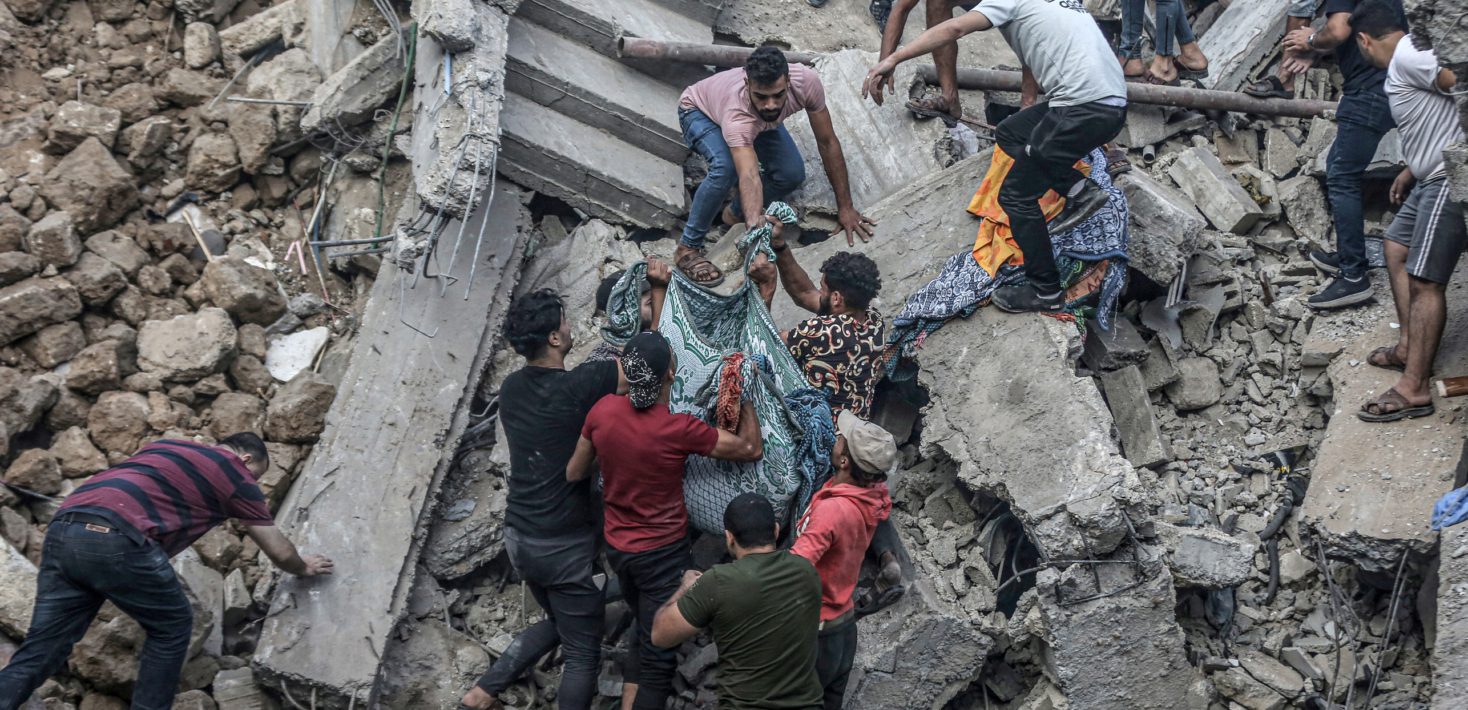
Hamas Fails to Return Mother’s Remains in Hostage Release Mix-Up
Tragic Uncertainty Surrounds the Return of Hostage Bodies
In a heart-wrenching development, the remains of Shiri Bibas, a mother whose two young sons were murdered by Hamas while in captivity, were not among the bodies returned to Israel during a recent exchange. The oversight, which Hamas claims was a mistake, has left many questions unanswered and has heightened emotions surrounding the ongoing conflict.
Details of the Exchange
On Friday, Hamas officials provided a statement regarding the situation, asserting that the remains of Shiri Bibas had been “turned into pieces after apparently being mixed with other bodies under the rubble.” This mix-up reportedly occurred following an Israeli airstrike that targeted the site where she was being held, complicating an already fraught return process.
Identification Challenges
The Israel Defense Forces (IDF) confirmed that they successfully received the remains of Kfir Bibas, Ariel Bibas, and Oded Lifshitz—hostages taken more than 500 days ago. This revelation not only brings a sense of closure for some families but also raises significant concerns about the handling of the situation.
Prior to the transfer of remains, Hamas had announced that it would return the bodies of Shiri Bibas and her two sons, Ariel and Kfir, aged just four and ten months respectively, alongside Oded Lifshitz, a retired journalist and activist. However, upon inspection, Israel’s National Institute of Forensic Medicine was only able to confirm the identities of the two young boys.
A Mysterious Body Delivered
In a disturbing twist, rather than returning Shiri Bibas’ body, Hamas handed over an unidentified corpse. The IDF later revealed that DNA tests conducted on this body did not match any known hostages, including Shiri Bibas herself.
According to the IDF’s findings, “During the identification process, it was determined that the additional body received is not that of Shiri Bibas, and no match was found for any other hostage.” This has added another layer of anguish for the families involved, particularly for those desperately seeking closure.
The Fate of the Young Boys
Tragically, reports indicate that both Ariel and Kfir Bibas were “brutally murdered by terrorists in captivity” back in November 2023. The acknowledgment of their deaths has reverberated across Israel, igniting grief and fury among communities devastated by their loss.
International Response and Observations
The International Committee of the Red Cross (ICRC), which facilitated the return of the bodies, has expressed dissatisfaction over Hamas’ handling of the hostage releases. The organization issued a statement emphasizing that it does not participate in identifying or examining deceased individuals. Instead, it highlighted that such responsibilities lie with the parties involved in the conflict.
The ICRC’s concerns extend to the manner in which these transfers have been conducted. The organization stressed the importance of treating the deceased and their families with dignity and respect, lamenting that the ongoing situation has not adhered to these principles.
Calls for Accountability
This latest incident has ignited calls for greater accountability and transparency from all parties involved. Many advocates argue that the mix-up and the conditions surrounding the releases highlight serious deficiencies in the processes designed to handle such sensitive and tragic situations.
The Broader Implications of the Incident
As the conflict continues to impact lives profoundly, incidents like this serve as sobering reminders of the human cost of war. Families are left grappling not only with loss but also with the uncertainty that comes from mishandling such sensitive situations.
Both the emotional toll and the logistical challenges faced in transitioning the remains of hostages underscore the need for better mechanisms to ensure that such errors do not occur in the future. Resolution and healing will require more than just the return of bodies; it will necessitate a comprehensive approach to the broader conflicts that have led to such tragedies.
Conclusion
As the dust settles from this latest round of exchanges, the profound implications of the situation linger. Families await the resolution they desperately seek, while humanitarian organizations advocate for changes in how these difficult processes are managed. Ultimately, the balance of accountability, dignity, and respect for victims of violence remains a cornerstone of any future peace efforts.

